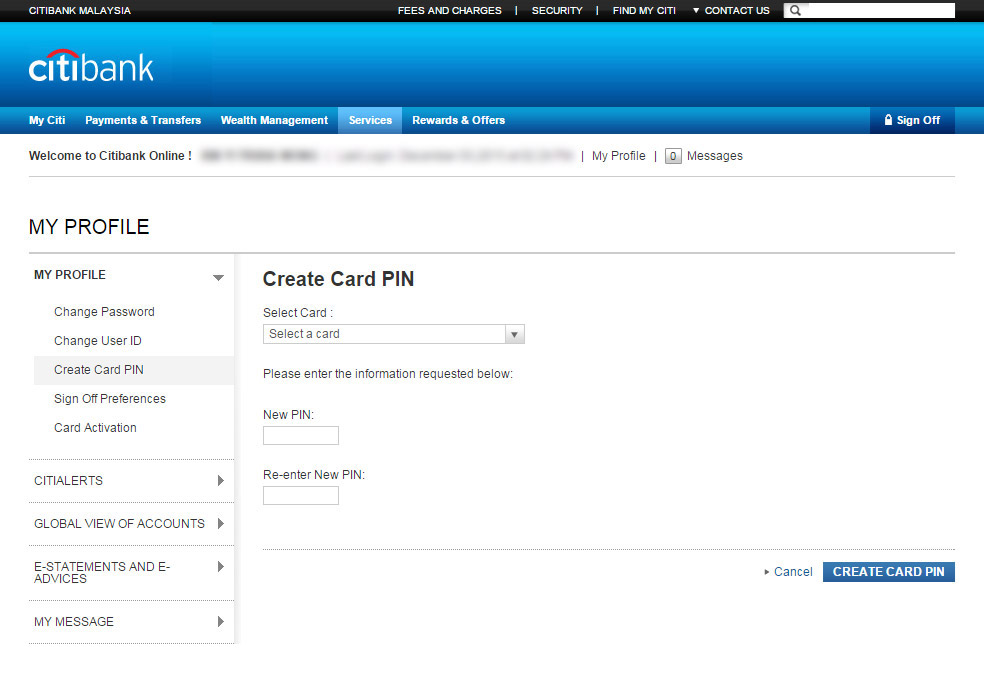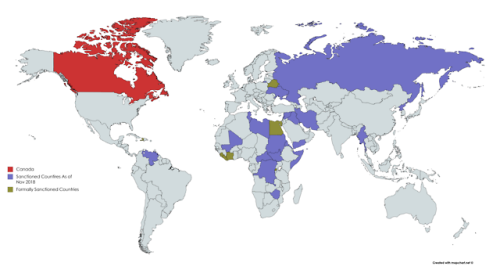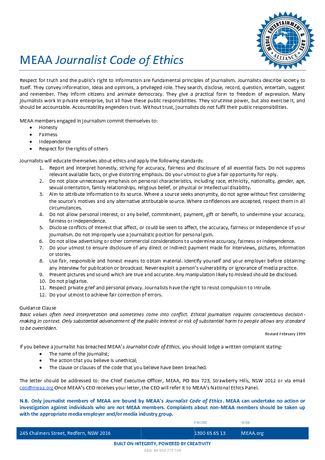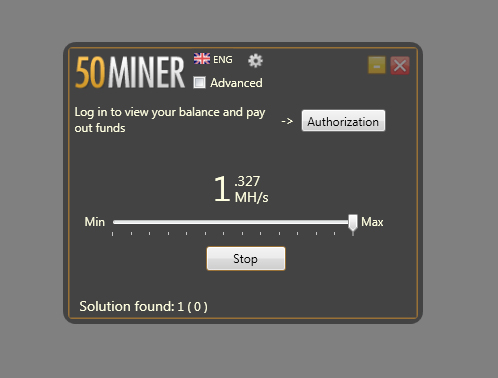Contents:
The https://1investing.in/ payback period refers to the amount of time it takes to recover the cost of an investment. Simply put, it is the length of time an investment reaches a breakeven point. The payback period should be used in conjunction with several other cash flow and profitability metrics in making an investment decision. Where NPV is the net present value, CF is the annual cash flow, D is the discount rate (10% or 0.1), and Y is the year number. There are other more complicated formulas to derive this figure, but in most cases this formula is sufficient. This figure can help the company’s financial team decide whether the investment makes sense.
Payback period as a tool of analysis is easy to apply and easy to understand, yet effective in measuring investment risk. This method cannot determine erratic earnings and perhaps this is the main shortcoming of this method as we all know business environment cannot be the same for each and every year. This method only concentrates on the earnings of the company and ignores capital wastage and several other factors like inflation depreciation etc.
Whilst the time value of money can be rectified by applying a weighted average cost of capital discount, it is generally agreed that this tool for investment decisions should not be used in isolation. For example, a firm may decide to invest in an asset with an initial cost of $1 million. Over the next five years, the firm receives positive cash flows that diminish over time. As seen from the graph below, the initial investment is fully offset by positive cash flows somewhere between periods 2 and 3. Payback period is commonly calculated based on undiscounted cash flow, but it also can be calculated for Discounted Cash Flow with a specified minimum rate of return. The intuition behind payback period measure is that the investor prefers to recover the invested money as quickly as possible.
Discounted Payback Period: Definition, Formula & Calculation
In other words, it’s the amount of time it would take for your cumulative cash flows to equal your initial investment. One of the disadvantages of this type of analysis is that although it shows the length of time it takes for a return on investment, it doesn’t show the specific profitability. This can be a problem for investors choosing between two projects on the basis of the payback period alone. One project might be paid back faster, but – in the long run – that doesn’t necessarily make it more profitable than the second. Some investments take time to bring in potentially higher cash inflows, but they will be overlooked when using the payback method alone. The payback period is the amount of time it takes to recover an initial investment outlay, as measured in after-tax cash flows.
Averaging is a method where the payback period formula is the annual cash a product or project is estimated to generate divided by the initial expenditure. The averaging process delivers a precise idea of the payback period when the cash flow is steady. Financial analysts will perform financial modeling and IRR analysis to compare the attractiveness of different projects. By forecasting free cash flows into the future, it is then possible to use the XIRR function in Excel to determine what discount rate sets the Net Present Value of the project to zero . The payback period in capital budgeting is the amount of time it takes for your company to recover the cost of acquiring one customer. For example, a customer that costs $350 to acquire and contributes $25/month, or $300/year, has a payback period of 13.9 months.
Crafting great product requires great tools. Try Chisel today, it’s free forever.
If an asset’s useful life expires immediately after it pays back the initial investment, then there is no opportunity to generate additional cash flows. The payback method does not incorporate any assumption regarding asset life span. The accounting rate of return is a formula that measures the net profit, or return, expected on an investment compared to the initial cost.
Learn the best ways to sg&a definition, report, and explain NPV, ROI, IRR, Working Capital, Gross Margin, EPS, and 150+ more cash flow metrics and business ratios. The sum of all cash inflows and outflows for all preceding years and the current year. Jim estimates that the new buffing wheel will save 10 labor hours a week.
Payback Period (Payback Method)
The cost of acquisition has already been sunk and so will remain the same, but the revenue side of the equation will be reduced. As a result, the payback period will increase; but for customers who remain, the payback period will have been unaffected . The payback period is the amount of time it would take for an investor to recover a project’s initial cost. It’s closely related to the break-even point of an investment. The table is structured the same as the previous example, however, the cash flows are discounted to account for the time value of money. The table indicates that the real payback period is located somewhere between Year 4 and Year 5.
Payback period is afinancialorcapital budgetingmethod that calculates the number of days required for an investment to producecash flowsequal to the original investment cost. In other words, it’s the amount of time it takes an investment to earn enough money to pay for itself or breakeven. This time-based measurement is particularly important to management for analyzing risk. Additional complexity arises when the cash flow changes sign several times (i.e., it contains outflows in the midst or at the end of the project lifetime). Then the cumulative positive cash flows are determined for each period. The modified payback period is calculated as the moment in which the cumulative positive cash flow exceeds the total cash outflow.
When Do Investments Pay for Themselves?
They discount the cash inflows of the project by the cost of capital, and then follow usual steps of calculating the payback period. The payback period is the time required to recover the cost of total investment meant into a business. The payback period is a basic concept which is used for taking decisions whether a particular project will be taken by the organization or not.
Investment Calculator Calculate Your Investing Returns – MarketBeat
Investment Calculator Calculate Your Investing Returns.
Posted: Tue, 17 Jan 2023 20:19:20 GMT [source]
Also, cash outflows may change significantly over time, varying with customer demand and the amount of competition. The payback period is calculated by dividing the initial capital outlay of an investment by the annual cash flow. But there are a few important disadvantages that disqualify the payback period from being a primary factor in making investment decisions.
What does the payback period mean?
For the sake of simplicity, let’s assume the cost of capital is 10% (as your one and only investor can turn 10% on this money elsewhere and it is their required rate of return). If this is the case, each cash flow would have to be $2,638 to break even within 5 years. At your expected $2,000 each year, it will take over 7 years for full pay back.
It gives a quick overview of how quickly you can expect to recover your initial investment. The payback period also facilitates side-by-side analysis of two competing projects. If one has a longer payback period than the other, it might not be the better option. In its simplest form, the calculation process consists of dividing the cost of the initial investment by the annual cash flows. Cash Flow From OperationsCash flow from Operations is the first of the three parts of the cash flow statement that shows the cash inflows and outflows from core operating business in an accounting year.
Pharma sector reels as UK Government doubles VPAS payback rate … – Pharmaceutical Technology
Pharma sector reels as UK Government doubles VPAS payback rate ….
Posted: Mon, 30 Jan 2023 08:00:00 GMT [source]
However, not all projects and investments have the same time horizon, so the shortest possible payback period needs to be nested within the larger context of that time horizon. For example, the payback period on a home improvement project can be decades while the payback period on a construction project may be five years or less. The payback period disregards the time value of money and is determined by counting the number of years it takes to recover the funds invested. For example, if it takes five years to recover the cost of an investment, the payback period is five years.
- The initial investment; it does not track the ultimate profitability of a project at all.
- So payback period from the beginning of the project minus 2, the production year, equals 1.55 for the payback period after the production.
- A shorter payback period means the investment will be ‘repaid’ fairly shortly, in other words, the cost of that investment will quickly be recovered by the cash flow that investment will generate.
- The concept does not consider the presence of any additional cash flows that may arise from an investment in the periods after full payback has been achieved.
The best way to cut churn is to ensure customers don’t want to leave in the first place. And when they do, inspire them to stay by reinforcing the benefits of your product and/or offering incentives to stay. The cheaper you can get customers, the faster you should get a profit from them. So it’s worth testing out new sales channels to see if you can cut the cost of acquisition. Digital tactics, like PPC, can be enabled quickly, do not require a significant upfront investment, and can be measured in real time.
Next, enter how much percentage of cash flow increase/decrease. If you have a fixed cash flow then entered the values in the given fields of the fixed cash flow portion. Add Payback Period Calculator to your website to get the ease of using this calculator directly. Feel hassle-free to account this widget as it is 100% free, simple to use, and you can add it on multiple online platforms.
In contrast with the averaging method, this method is the most suitable for circumstances when the cash flow is likely to fluctuate shortly. However, the payback period can also be more comprehensive than its mark when the organization is likely to experience a growth spurt soon. Is the cash flow related to the action under consideration for year t. Is the net cash flow at time t, USD; and t is time of cash flow. Negative NPV values do not mean there is no benefit from the investment.
Calculate Your Solar Panel Payback Period (How Long To Recoup … – EcoWatch
Calculate Your Solar Panel Payback Period (How Long To Recoup ….
Posted: Wed, 18 May 2022 16:26:53 GMT [source]
An implicit variable is thetype of acquired customer that you are considering in your calculation. While you can calculate an average of the payback period for all of your customers, you’ll end up with a number somewhere between the shortest and longest payback periods . This gives you a general snapshot of your acquisition strategy but doesn’t provide direction for improvement. You’ll need to find the most effective way to use your free cash flow. Discount rate is sometimes described as an inverse interest rate. It is a rate that is applied to future payments in order to compute the present value or subsequent value of said future payments.
Before taking on a new project or investing the money for a new project, make sure that you are comfortable with the payback period you’ve set yourself. A payback period is the amount of time needed to earn back the cost of an investment. Free AccessFinancial Modeling ProUse the financial model to help everyone understand exactly where your cost and benefit figures come from. The model lets you answer « What If? » questions, easily and it is indispensable for professional risk analysis.
The difference in subscription revenue between the two quarters is the amount of new revenue that the acquired customers added in Quarter 2. There are some clear advantages and disadvantages of payback period calculations. For example, imagine a company invests $200,000 in new manufacturing equipment which results in a positive cash flow of $50,000 per year. Next, the “Unrecovered Amount” represents the negative balance in the year preceding the year in which the cumulative net cash flow of the company exceeds zero.






